Description
Candelabras in the form of branched candle holders were also used in the homes of wealthy. Good wax candles were expensive in the early period, while tallow candles made of animal fat were smelly, smokey and burned quickly, candle holders were therefore rare in ordinary households.[19] By the 17th century in France, César-Pierre Richelet defined candelabra as “a large room candlestick which has several branches”, although candelabras existed in other forms.[20] The candelabras may be placed on a fireplace mantel, table, guéridon, and torchère, or if large, on the floor. In England in the early 18th century, candelabras may be used interchangeably with a number of terms, such as branches, chandeliers, lustres, girandoles and wall-lights.[21] Girandoles were a form of candelabras with crystals in the 17th century, but were sold as candelabras in England by the end of the 17th century.[22] Candelabras became popular in the 18th century.[23] Two-branched candelabras were then the most common, and some designs allowed the branches to be detached leaving a single-armed candlestick. By the 19th century, silver candelabras with multiple branches were often used together with elaborate centerpieces on dinner tables.[23]


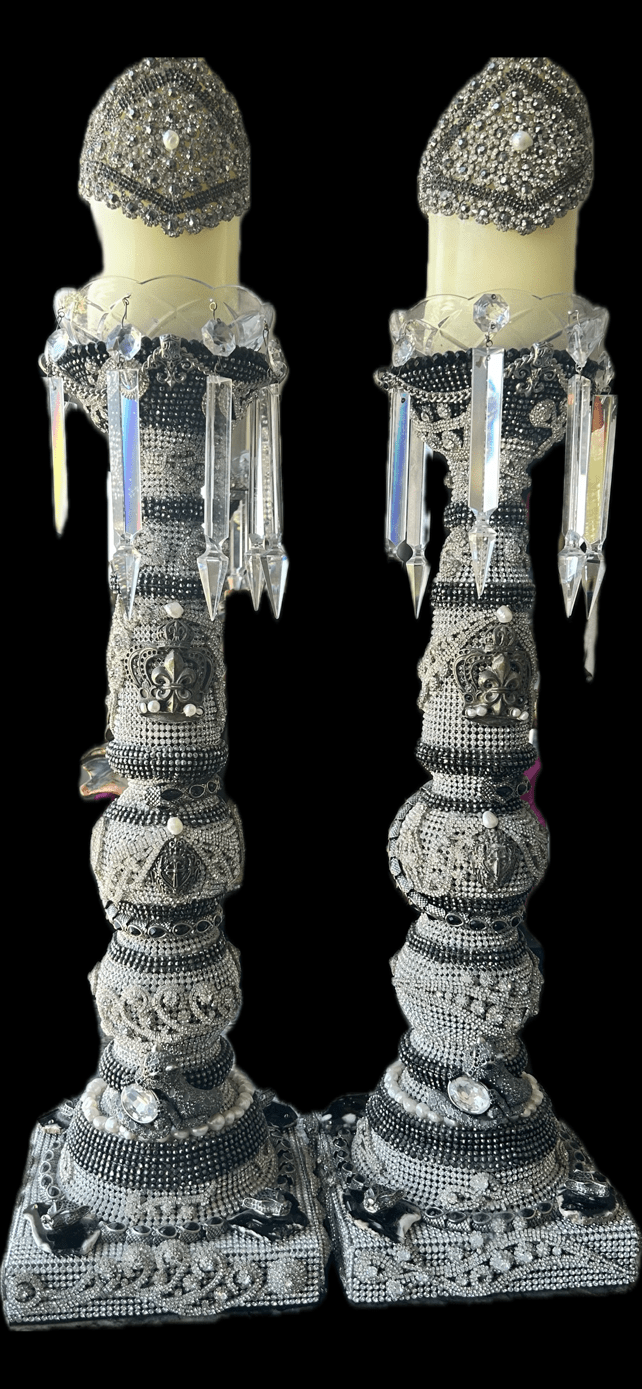
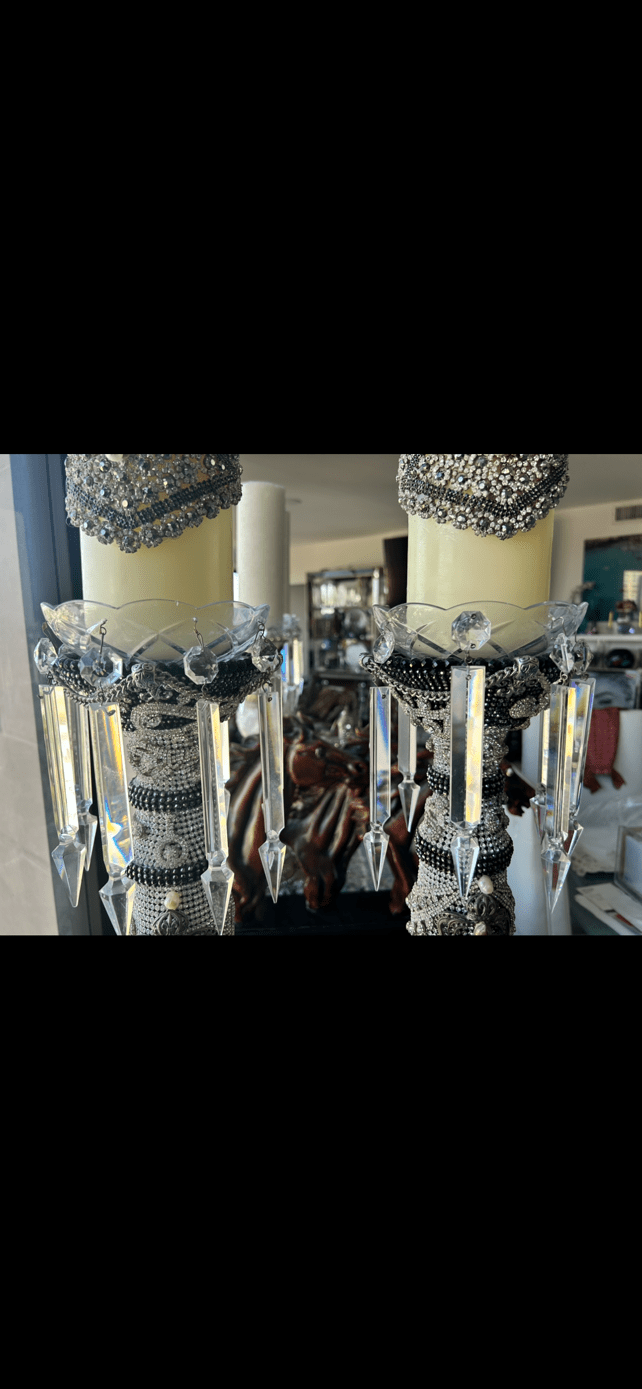

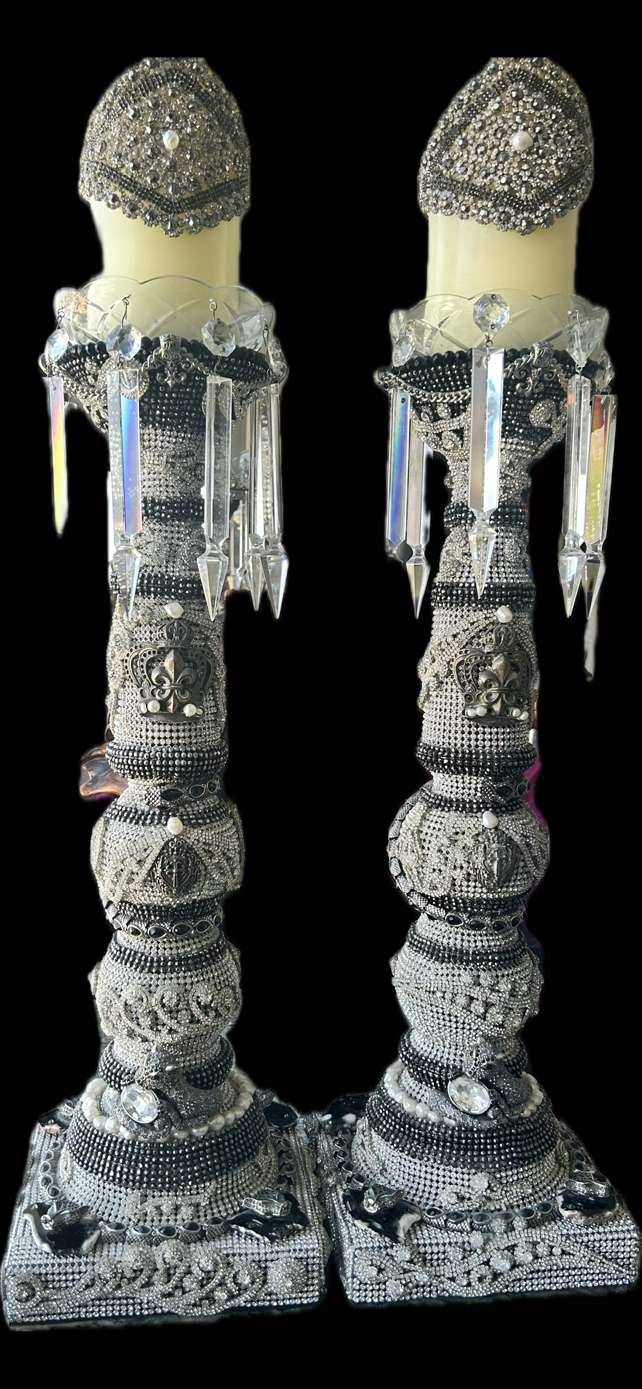
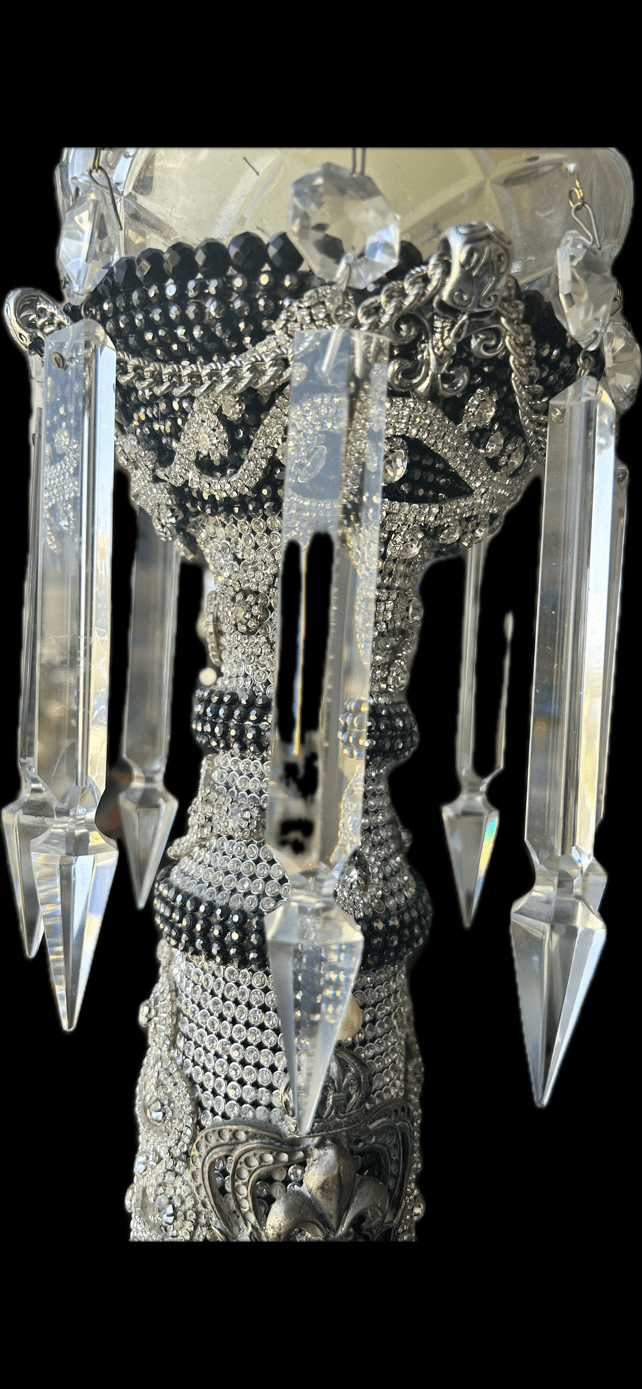
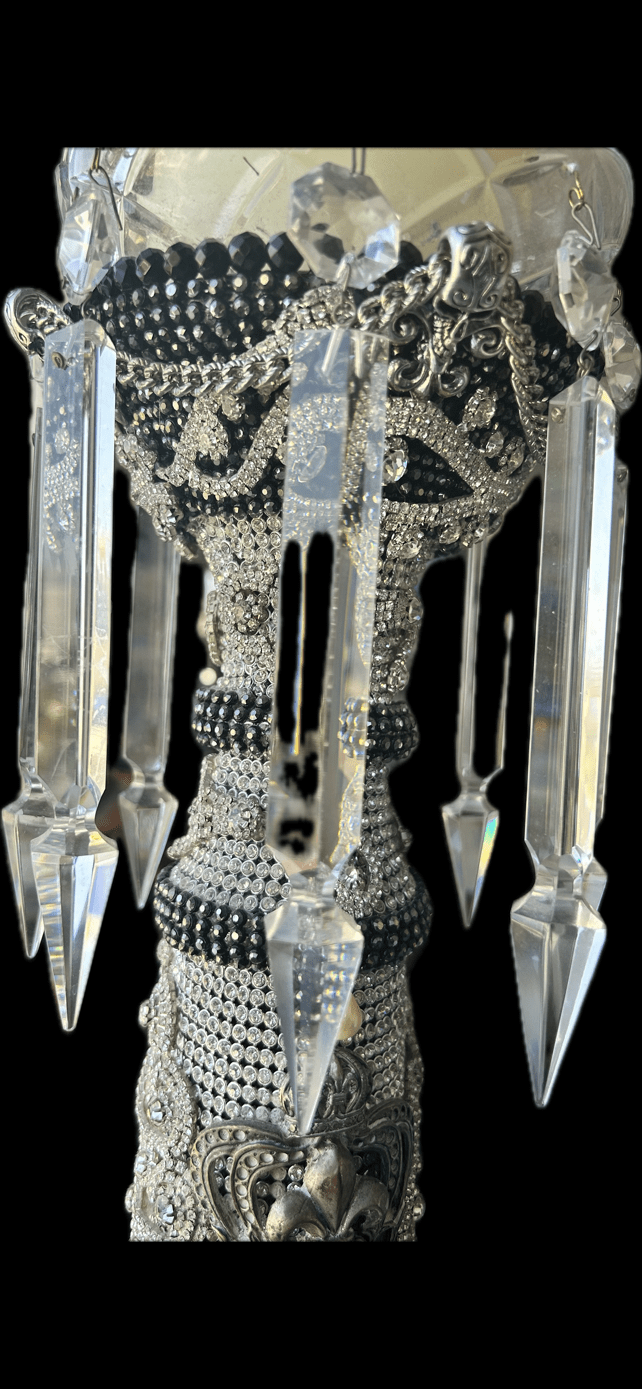


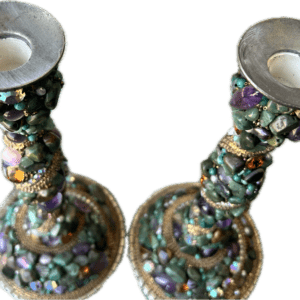

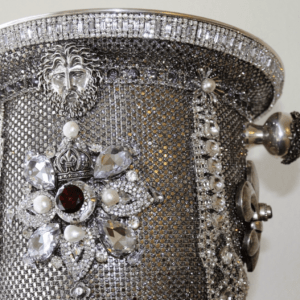
Reviews
There are no reviews yet.